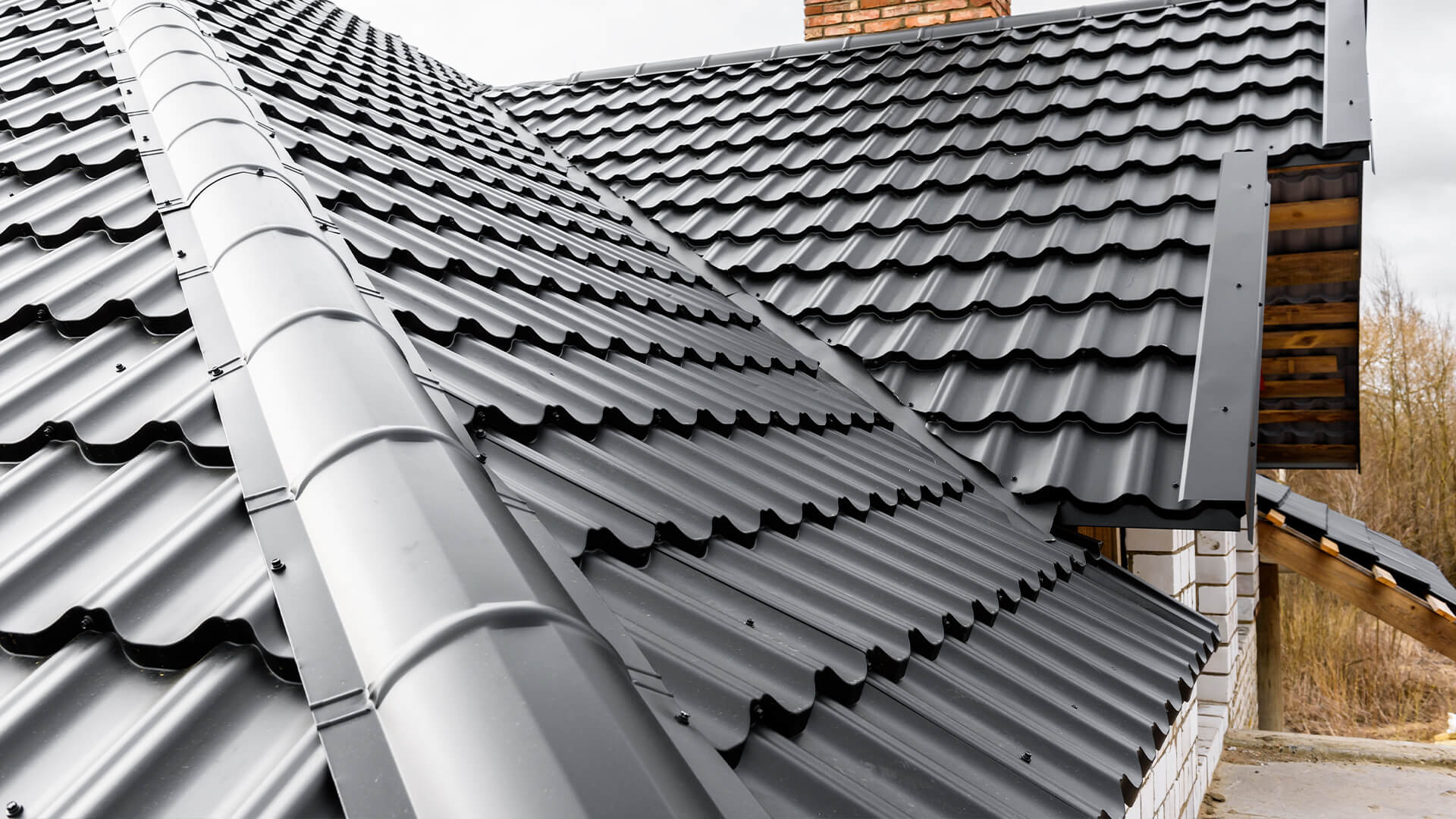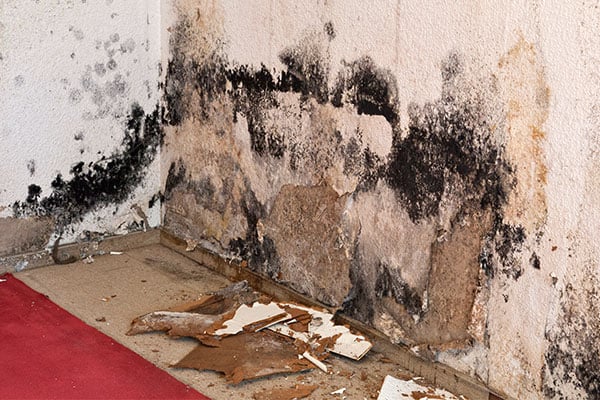A Significant Explanation of Rooftop Pitches and thought
Rooftop contribute is a critical term the roofing business. It is a fundamental thought in picking which roofing material is suitable for your home. Accepting you are rooftop replacement, this term is something you should be familiar with. Having a full understanding of your roofing structure will help you with making better buying decisions and even effect you to stay on track with routine upkeep. Continue to examine to look further into rooftop pitches.

Definition
Rooftop pitch essentially insinuates the inclination, point, and tendency of your rooftop. A rooftop’s pitch is tended to as either two numbers secluded by a cut, or as an extent with a colon between two numbers. The fundamental number is the numerator, and the ensuing number is the denominator. Each number tends to a specific assessment of a rooftop’s inclination. The numerator tends to the vertical height of a rooftop’s tendency, while the dominator addresses the level length of a rooftop’s tendency. There are level rooftop systems with basically zero inclinations, similarly as, low-pitched roofing structures and sharp roofing structures. In light of everything, most structures range in pitch from 4/12 to 8/12. Level structures could have incredibly inferior qualities, for instance, ¼ more than 12, while other puncturing systems could have a 12/12 worth and grade down at an ideal 45 degree point.
Sorting it out
The math can be intriguing since the number 12 is the typical numeric worth used for incline denominators. Regardless of the way that 1212 can be reduced to 11, the number 12 is involved constantly for rooftop pitch purposes. To scrutinize roof repair rooftop pitch regard, you would need in any case the top number numerator and wrap up with the base number denominator.
Low versus High
Low-Contributed Rooftops – Homes manufactured the 1960’s are renowned for low-pitch rooftop advancement. They were worked with practically no inclination, given barely enough for genuine water flood. Since these rooftops have a slope around 112, they truly appear level check these guys out. Sharp Rooftops – Cases of penetrating roofing structures would be the Victorian time of advancement. Much of the time, these rooftops were profoundly determined and steep. Church steeples are another certifiable delineation of a sharp rooftop.

